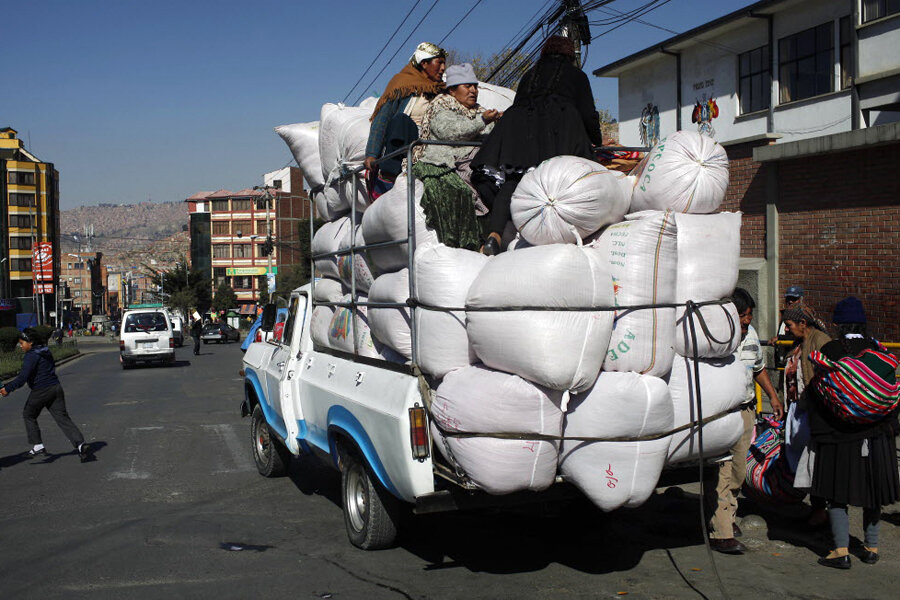Bolivia reduces coca crop for second year: UN report
Loading...
• InSight Crime researches, analyzes, and investigates organized crime in the Americas. Find all of Steven Dudley's research here.
Bolivia has reduced coca production for the second straight year, according to a United Nations study, a trend that the UN attributes to government efforts to contain illegal production of the crop.
The United Nations Office on Drugs and Crime (UNODC) says Bolivia’s coca production dropped by 7 percent from 2011 to 2012. (See full report in PDF) This follows an 11 percent reduction from the year before.
The biggest drop came in the largest coca growing region of the country known as Yungas de la Paz, which went from 18,200 hectares to 16,900 hectares, according to the UNODC.
The agency says that two major factors played a role in the drop: 1) the government’s efforts to “eradicate/rationalize” the size of the fields and 2) the drop in yield due to the long periods in which the fields have been cultivated.
InSight Crime Analysis
The results may surprise some in the US government who say that Bolivia is not complying with their commitments to lower drug production and trafficking. Bolivia has expelled most US anti-narcotics agencies, while the US announced in May it was shutting down its last remaining offices there.
Still, there are some contradictory figures in the report. The price of coca went down five percent, according to the UNODC, a fact that could suggest an increase in supply.
Seizures of cocaine paste and processed cocaine, or cocaine hydrochloride (HCl), also went in opposite directions. Cocaine paste seizures rose significantly, according to the report, suggesting that Bolivia is becoming a more regular supplier of the rising crack cocaine markets in neighboring Argentina and Brazil.
HCl seizures, meanwhile, were down, which may not necessarily mean that cocaine production has dropped. What is not known – and what the UNODC says it is studying – is the current yield of Bolivian coca. In Colombia, yields have risen even while the number of hectares under coca cultivation has dropped, accounting for the steady production of HCl throughout this period when one would expect a drop in cocaine production.
The report also follows the declaration of another major export industry leader, coffee, that its producers were switching to coca. That declaration was, however, more speculative than scientific.
– Steven Dudley is a director at Insight – Organized Crime in the Americas, which provides research, analysis, and investigation of the criminal world throughout the region. Find all of his research here.







